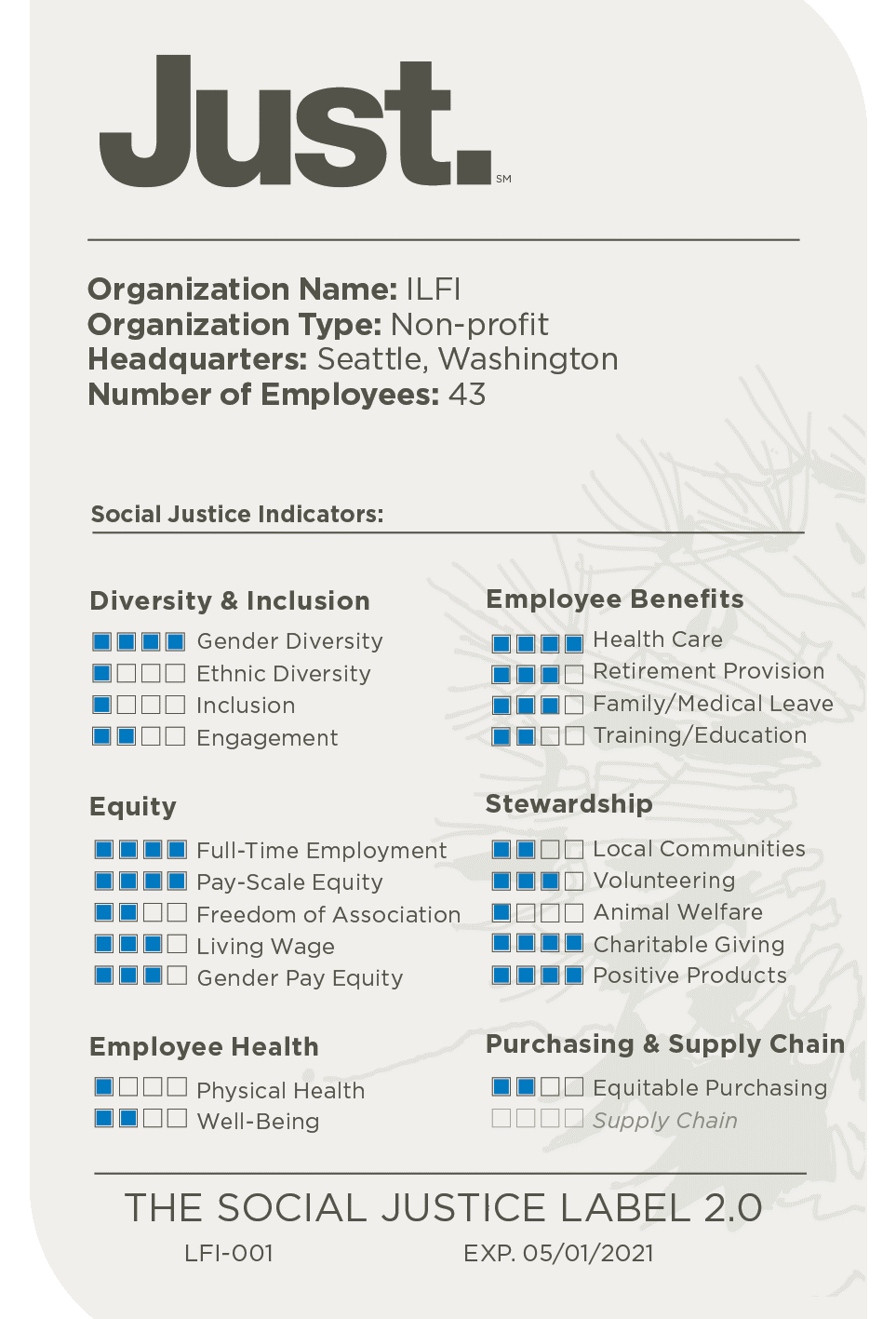In part one of this blog series, we established that buildings are only sustainable if they are equitable and accessible for all occupants. In part two, we detailed how to apply these principles to the planning stages and provided resources for improving social outcomes in your projects. In this post, part three, we will outline ways in which we can integrate principles of social equity into the design, construction, and operations phases.
Design Phase

JUST Label (https://living-future.org/just/case-studies/ilfi/)
Stakeholders
The earlier you commit to an inclusive and integrative design process, the better. The broader the group of stakeholders involved, the better. For example, consider including members from the following groups, among others, to participate in early visioning and planning discussions and workshops:
- Leaders of local community groups;
- Members of future user groups (occupants, tenants, staff, operations team, people with disabilities, etc.);
- Public health professionals;
- Local policymakers and government officials;
- Representatives from local cultural organizations;
- Specialists in the local natural and social history, ecology, economy, ethnography, building code, etc.;
- Subject matter experts in sustainability, energy, accessibility, etc.
When possible, recruit project team members from companies that have committed to social responsibility by publishing a JUST Label or other social responsibility report. Companies can pursue a JUST Label and become a resource for others.
(more…)

